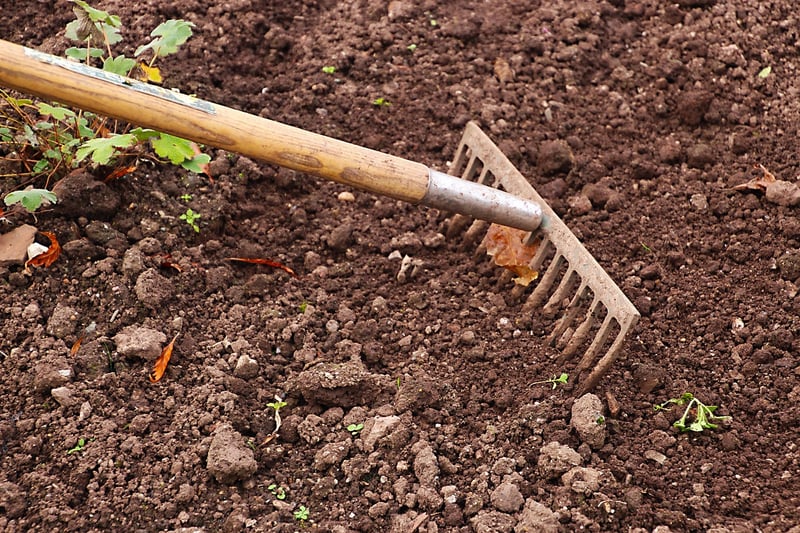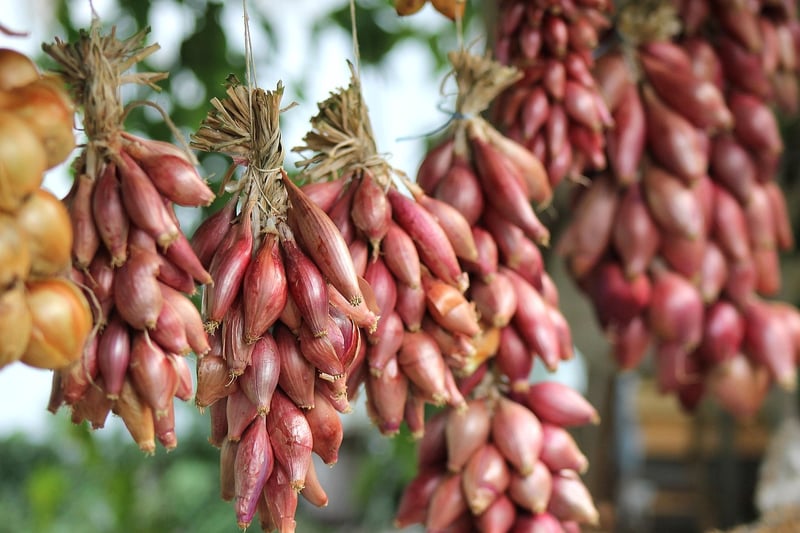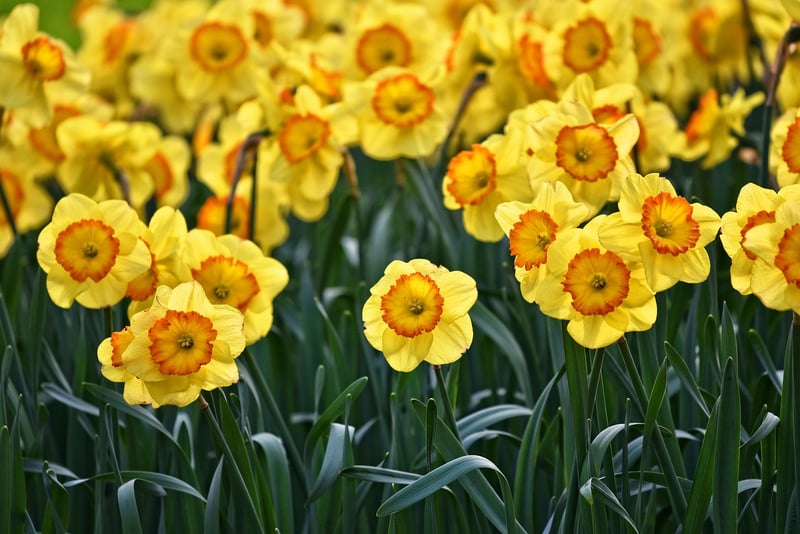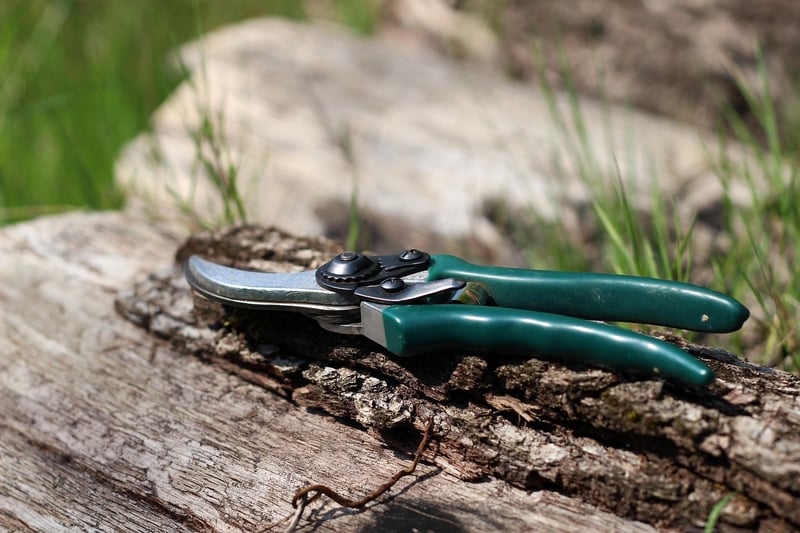Pruning Guide
Essential Plant Care Advice + Pruning Guide
Introduction
Welcome to our comprehensive guide on essential plant care advice and pruning techniques. Whether you're a seasoned plant enthusiast or just starting out with your indoor or outdoor garden, proper care and maintenance are vital for the health and growth of your plants. In this guide, we will cover essential plant care tips and provide you with a detailed pruning guide to help your plants thrive.
Essential Plant Care Advice
1. Watering
Watering is crucial for plant health. Overwatering can lead to root rot, while underwatering can cause wilting. Research the specific watering needs of each plant species you have and create a consistent watering schedule.
2. Light
Plants require light for photosynthesis. Ensure your plants receive adequate sunlight based on their light requirements. Consider placing sun-loving plants in bright, direct sunlight and shade-loving plants in areas with filtered light.
3. Soil and Fertilization
Use well-draining soil to prevent waterlogging and root diseases. Fertilize your plants with a balanced fertilizer during the growing season to provide essential nutrients for healthy growth.
4. Temperature and Humidity
Maintain appropriate temperature and humidity levels for your plants. Different plants have varying temperature and humidity preferences, so research individual plant requirements for optimal growth.
5. Pest Control
Monitor your plants regularly for pests like aphids, spider mites, and mealybugs. Treat infestations promptly using organic or chemical insecticides to prevent damage to your plants.
Pruning Guide
Pruning is an essential practice to promote plant growth, improve aesthetics, and remove diseased or damaged parts. Follow these pruning tips for healthy plants:
1. Tools
Use clean and sharp pruning shears or scissors to make precise cuts and prevent infection. Disinfect your tools before and after pruning to avoid spreading diseases.
2. Timing
Prune your plants during the dormant season to minimize stress. Remove dead or diseased branches, shape the plant, and encourage new growth by pruning correctly.
3. Technique
Identify the areas that need pruning, such as overgrown branches or dead foliage. Make clean cuts at a slight angle just above a leaf node to promote healing and prevent water accumulation.
4. Maintenance
Regularly inspect your plants for pruning needs. Remove spent flowers, leggy growth, and overcrowded branches to maintain plant health and vigor.
Conclusion
By following these essential plant care tips and pruning guidelines, you can ensure your plants remain healthy, vibrant, and beautiful. Remember to provide adequate care, monitor your plants regularly, and enjoy the rewarding experience of watching your plants thrive!



